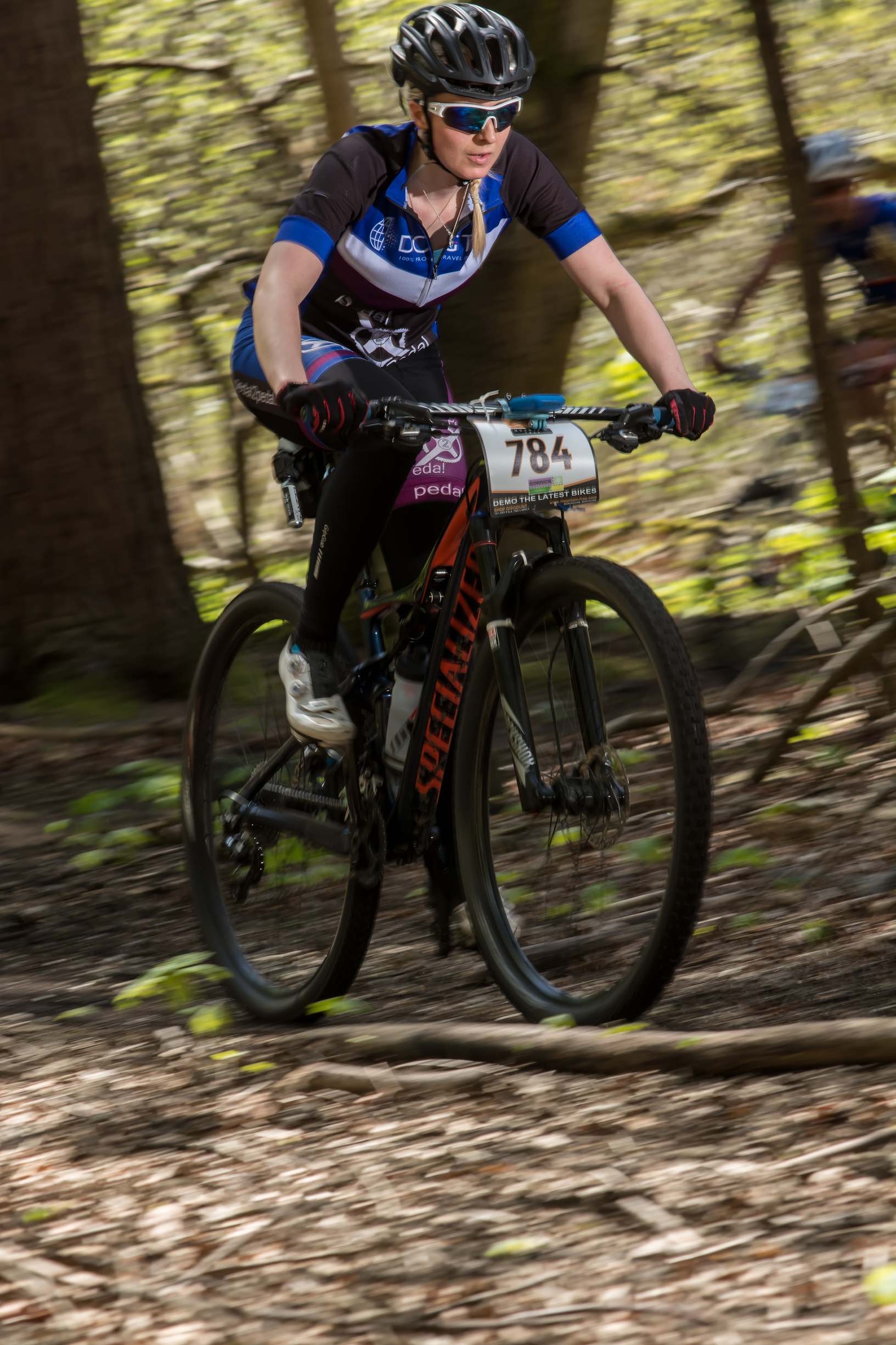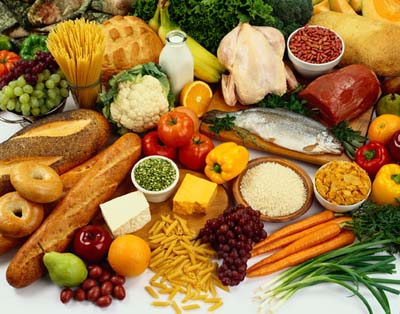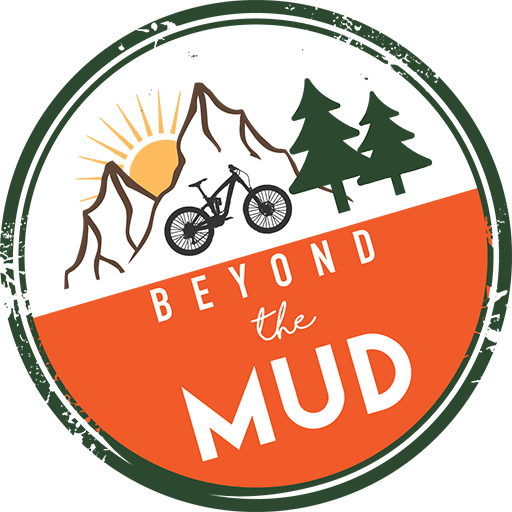
by hattenburrow | May 28, 2016 | Nutrition, Training
This week a new session was added to my training plan Mark my coach at Velo Coaching added a ‘no hanging around’ ride a 3 hour fast ride, his comments said ‘no hanging around ride’ which I found this amusing I wasn’t aware that I did much hanging around on training rides!
Thursday was the day for my ‘no hanging around’ training, it was also the day I decided commuting to work on my bike would be fun!
It was a damp but warm morning as I peddled from my house towards work. I had not fully appreciated the amount of climbing in this 31km ride so trying to take it easy wasn’t always possible, by the time I got to work I was slightly pinker than I would have liked! I felt great for arriving under my own steam.
I ate all the normal things that day and felt fine. At 5:15 I got back on my bike for my ‘no hanging around’ training ride. The first hour I did as instructed I pushed hard letting my body recover on the flat, averaging around 25kph which is good for a mountain bike on the road.
I had a torq energy gel at 45 mins in which gave me a super charge of energy, I felt like someone had added an extra fuel cell to my battery. Sadly this feeling was short lived and by 1 hour 30mins in I had a bout of ‘shaky leg syndrome’ so I stuffed in some salted peanuts for good measure knowing this would be slower to take effect I waited 10 more minutes and had another gel I had another zing of energy (slightly shorter this time) and then another lull by wonder peanuts didn’t seem to be kicking in at all and I was starting to realise it was too little too late.
I finished my training early deciding to listen to my body instead of be frustrated by my lack of pace for the rest of the session. I still managed 60km in 2 hours 37 minutes which is good going and my fastest 60km to date showing that with the correct furling I could achieve more.
The moral to this story is that of you are only as good as the fuel you put in and the timing of that fuel is crucial. You are not eating for ‘now’ but 30 mins later so start eating earlier on to stop getting to the point of no return. Also to look at your daily energy expenditure if you add in a commute or some other activity you need to eat to recover from that and replenish ready for training.
Nutrition seems to be one of my weaknesses so I have taken on a dietician. A girl that I used to work with who comes highly recommended called Rachel Hobbs she is now setting up my diet plan to get me on track for the Trans Alp.
More on my new diet soon!
Thanks for reading x

by hattenburrow | Dec 20, 2015 | Nutrition
On Wednesday I went to a talk by Dr Rob Child on sport nutrition. It was really interesting and to learn more about how nutrition and training really sit side by side and should been seen as equally as important.
Dr Robert Child is the head of ESG’s nutrition services and is an expert in the safe and legal use of nutrition supplements. He has been working with top-level athletes for over a decade.
Below are some of the key points from the lecture that I wanted to share.
Fuels for performance and what they do:
- Fat – lots of fat available to fuel a small engine – slow process to use fat
- Carbohydrate – smaller reserve but can burn at a faster rate
- Creatine – tiny engine – fast process to use creatine. Used very quickly but regenerates rapidly too
Good nutrition is about harnessing the beneficial effects of food.

What is a good training diet?
Fat-
- Omega 6 – cakes/ ready meals etc Omega 6 has an inflammatory response
- Omega 9 – olive oil
- Omega 3 – fish/ Flax seed etc Omega 3 suppresses inflammation – benefits of omega 3 include reduced heart rate, improved mood, and improved ventilation

Protein-
Vegetable protein
Animal protein (milk, egg, fish, meat) – milk and eggs contain important antioxidant’s; creatine, carnosine and carnitine are found in animal proteins.

Characteristics of animal proteins –
- Low GI
- They make you feel full (20/30g per meal)
- High vitamin density b vitamins, iron, minerals, zinc, creatine
- Important for muscle grow, repair, immune system
Carbohydrate –
Glycemic index.
The Glycaemic Index (GI) is a ranking of carbohydrate-containing foods based on the overall effect on blood glucose levels. Slowly absorbed foods have a low GI rating, while foods that are more quickly absorbed have a higher rating.

- White bread 95 digested quickly so big increase in glucose
- White boiled rice 60-70
- Spaghetti (Durham wheat) 64
- Potatoes boiled 85
High GI foods are good recovery foods and help stimulate the release of insulin was which also helps with muscle repair.
Anything with a lot of fibre in it has a low glycemic index, low GI takes longer for your body to break down and release energy making them good pre-race/ long training ride foods.
- Oats/muesli 42
- Apple 36
- Chickpeas 36
Fibrous (unrefined carbs) if it looks like when it was growing its fibrous
- Fruits
- Veg
- These have low GI
- Don’t elevate insulin levels
- Make you feel full
- Nutrient dense
QUESTION: I tend to train early in the morning and if nots an intense session I won’t eat first, I thought this meant I burnt more fat… but turns out I could be burning muscle too!

Starchy carbs
- White Rice
- White Pasta
- Ice cream
- High GI
- Elevate insulin levels
- Don’t make you feel full
- Low nutrient density
Type and amount of protein, fibrous carbs, starchy carbs in meals is important
- Big breakfast high calorie to fuel you throughout the day. Minimum of 10g protein in breakfast
- Big lunch
- Small dinner so less to be stored over night as fat
This is obviously very different to the way most of us eat now and is a lifestyle change but potentially a good one! After Christmas I am going to give it a go having a larger breakfast and lunch and a smaller dinner.
I hope you have enjoyed my post, the nest one will be on recovery nutrition.

by hattenburrow | Apr 19, 2014 | Kit Reviews, Nutrition
This high performance energy drink which comes in powered form, is mixed with water to create a sweet orange tasting drink.
The Cyto Power HP from USN has key electrolytes and 40 grams of carbohydrate to help your body refuel and sustain high intensity training.
 I used the 50g servings with 500ml of water (as directed) and drank whilst out on a training ride over the course of 1 hour 45 minutes.
I used the 50g servings with 500ml of water (as directed) and drank whilst out on a training ride over the course of 1 hour 45 minutes.
I found that although this product is highly sweet it is easy to drink and has a really nice orange flavour.
I didn’t, as suggested, start taking 20 – 30 minutes before my training ride but took at regular intervals during training, this seemed to work well for me.
I have been recovering from a elbow injury and this was my first proper training ride out on single track. I felt a bit nervous and didn’t eat much because of this.
Arriving at the trail I felt a bit shaky and put this down to a mixture of nerves and not eating enough I had some of the Cyto Power HP just before we started to ride. About 20 minutes into the ride I noticed that I felt more energised and focused on my riding instead of the jelly leg feeling I had, had previously.
 Overall I think USN Cyto Power HP is a great training aid to refuel and energise you.
Overall I think USN Cyto Power HP is a great training aid to refuel and energise you.
It would be good in races as long as you also carried water as I think personally I wouldn’t want to drink it continually during a race as it is rather sweet so being able to alternate between this and water on longer races would be advisable.
I will certainly be using it during Ride London this year!
Check out my other reviews here.










